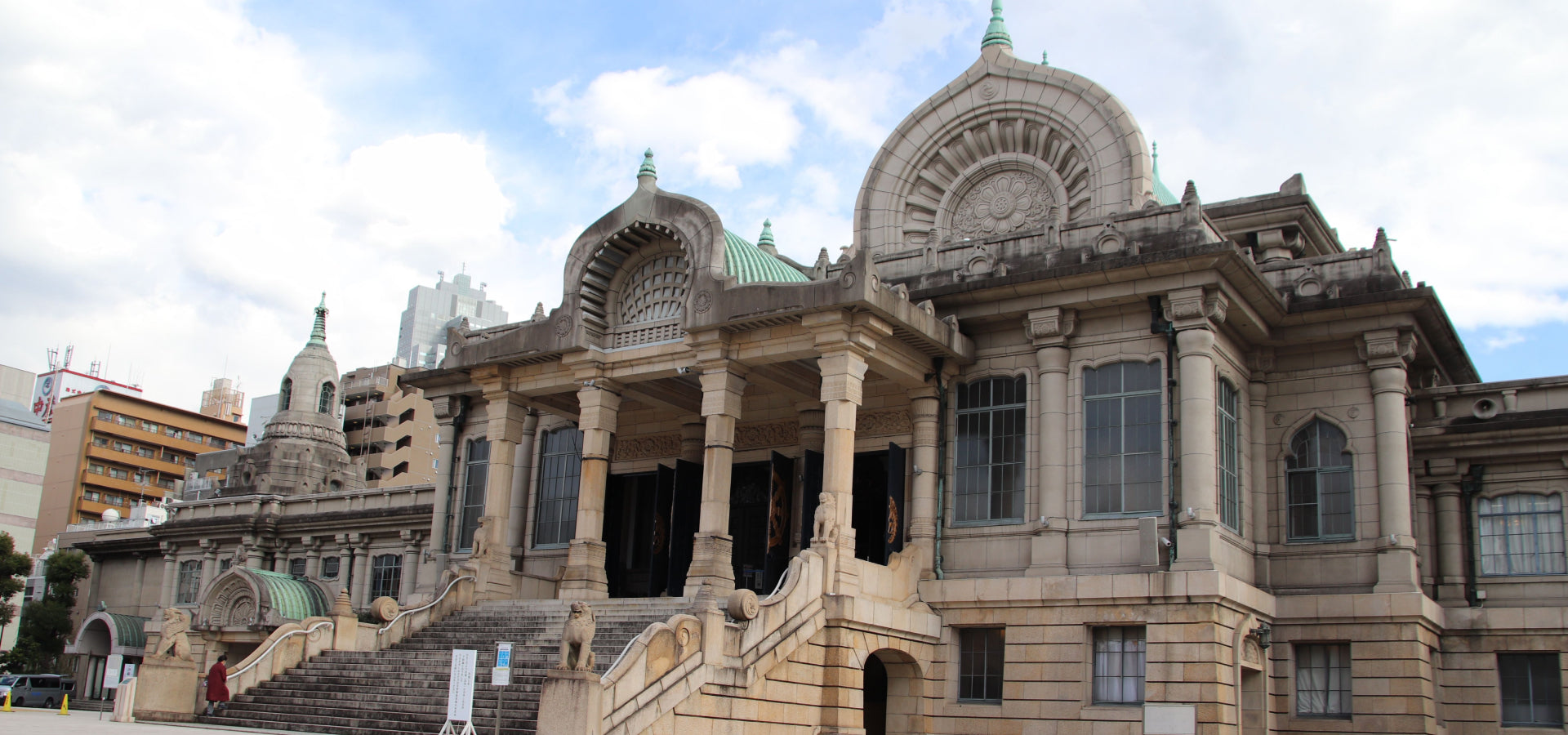See Chuo Ward in Chuo-ku


Yago: Ruins of Juzaburo Tsutaya 'Koshodo'
Edo's leading publisher who published works by playwrights and painters

Yago: Ichiishibashi Bridge lost and stone mark
The stone mark of the Edo period (Designated Cultural Property, capital)

Yago: Site of Sadakichi Chiba Dojo
It is said that Ryoma also passed through the Hokushin Ichito-ryu swordsmanship dojo

Yago: The site of the Hiroshige residence in Utagawa (Ando)
A place where popular ukiyoe artists lived for about 10 years

Yago: The birthplace of Edo Kabuki
The place where Kansaburo Saruwaka of Saruwakaza was raised by Saruwakaza

Yago: The site of Kyobashi Daikongawa Riverside Aomono Market
The site of the market that provided vegetables to Edo citizens

Yago: The main pillar of Kyobashi
Three stone pillars remain in Ginza and Kyobashi (Tangible Cultural Property inhabitant of a ward)

Yago: Main Building of the Bank of Japan (Kinza Ruins)
Historic buildings (nationally designated important cultural property) built on the site of the gold coin minting plant

Yago: Hie-jinja Shrine and auxiliary shrine
A shrine that protects the center of Japan as a guardian of the Imperial Castle

Yago: Namiki Inari-jinja Shrine
A shrine with the "protection against misfortune God Ceiling Large Lion" that cuts off the waves

Yago: Tepposhu Inari-jinja Shrine
Gongen-zukuri by worship hall, votive-offering hall and main hall (Tangible Cultural Property inhabitant of a ward)

Yago: Sugimori Shrine
A stone monument commemorating the success of the lottery is located in the precincts (Tangible Cultural Property inhabitant of a ward)

Yago: Daikanonji Temple
The head of Buddha is believed to have been made in the Kamakura period (Designated Cultural Property, capital)

Yago: Suehiro-jinja Shrine
Shrines that have gained a strong religion since the time of Moto Yoshihara

Yago: Suitengu Shrine
God who benefits for safe delivery, water shortage, and water sales

Yago: Koami-jinja Shrine
ancient shrine in 530. The god of fortune who has gathered the faith of the common people (Tangible Cultural Property inhabitant of a ward)

Yago: Oji Hall Company name: Oji Hall Co., Ltd.
Music space in Ginza 4-chome

Yago: 25th Sakon Kanze Memorial Kanze Noh Theater Company name: Kanze-e Association

Yago: Shimbashi Enbujo Company name: Shochiku Co., Ltd.
Established as a place for improving and presenting the arts of Shimbashi Geisha

Yago: Kabuki-Za Company name: Shochiku Co., Ltd.
The Hall of Fame of Kabuki, Traditional Japanese Performing Arts

Yago: Meijiza Company name: Meijiza Co., Ltd.
A large theater boasting a wide variety of performances

Yago: Shochiku Company name: Shochiku Co., Ltd.
Total Entertainment Corporate Group

Yago: Nichido Gallery Company name: Nichido Gallery Co., Ltd.

Yago: Tokyo Gallery + BTAP Company name: Tokyo Gallery Co., Ltd.

Yago: The 25th Sakon Kanze Memorial Kanze Noh Theater

Yago: The Institute for Monetary and Economic Studies, Monetary Museum
Exhibits of high historical value and gold silver coins

Yago: Ozu Historical Museum
Exhibiting 1,000 valuable ancient documents

Yago: Mizuno Printing Museum
Exhibition of technological changes in the birthplace of printing

Yago: Mitsui Memorial Museum
Collection of more than 4,000 art pieces including national treasures

Yago: Artizon Museum (formerly Bridgestone Museum of Art)
From Bridgestone Museum of Art to Artizon Museum

Yago: Daiichi Sankyo Medicine Museum
You can learn while enjoying the work and mechanism of medicine

Yago: Tsukiji Honganji
main hall is an ancient Indian-style stone structure (National Registered Tangible Cultural Property)

Yago: Bank of Japan Main Building
Architecture designated as one of Tokyo's Top 50 architectural heritage

Yago: St. Luke's International Hospital Luke Chapel and Toysler Memorial Party
Where Medicine and Prayer Come Together

Yago: Nihonbashi, Kyobashi, Ginza Chuo-dori
Nihonbashi The starting point of the five highways in Japan

Yago: Tsukuda Island and River City 21
A city where history and the future intersect

Yago: Mitsui Main Building and Mitsukoshi Nihonbashi Main Store
Mitsui Main Building and Mitsukoshi Nihonbashi Main Store

Yago: Ningyocho-dori St. and amazake Yokocho
Discover a heartbreaking discovery in Ningyocho, a city where Edo sentiment and modern converge.

Yago: Nihonbashi Seven Lucky Gods (Koami, Tea Tree, Matsushima, Suehiro, Kasama Inari, Sugimori, Takarada Ebisu Shrine, Suitengu Shrine)
Feel free to explore the atmosphere of downtown Edo, visit the Nihonbashi Seven Lucky Gods









